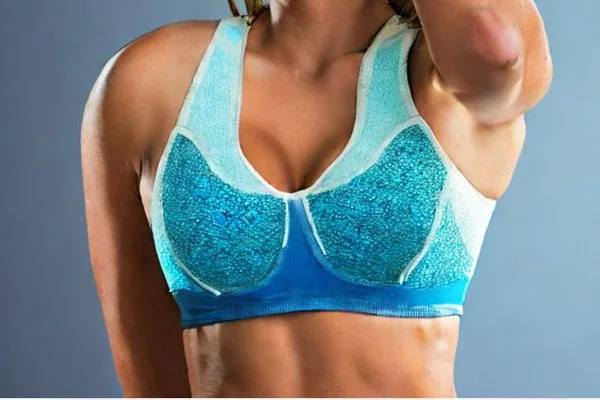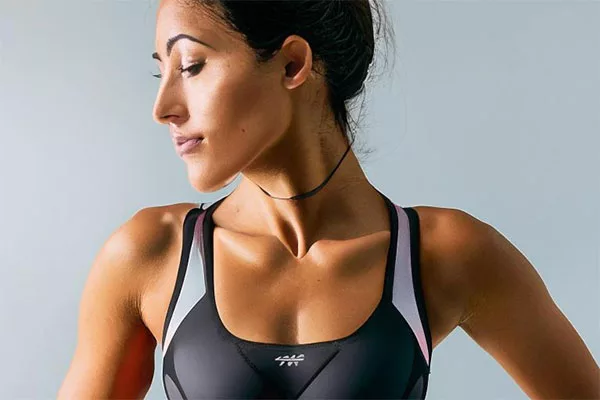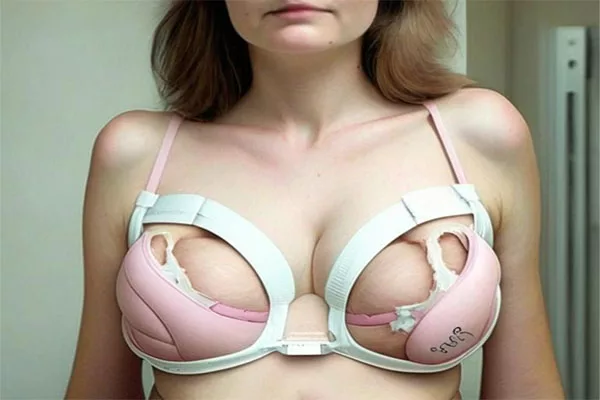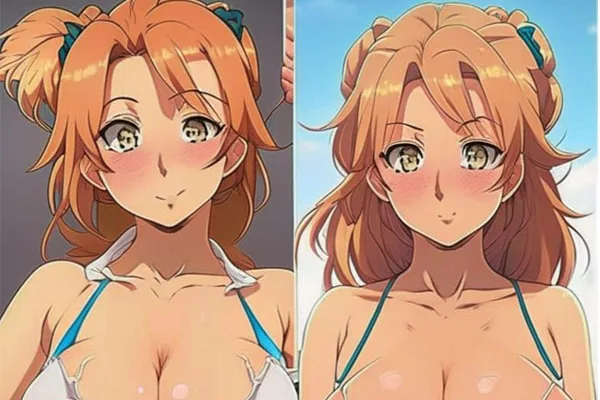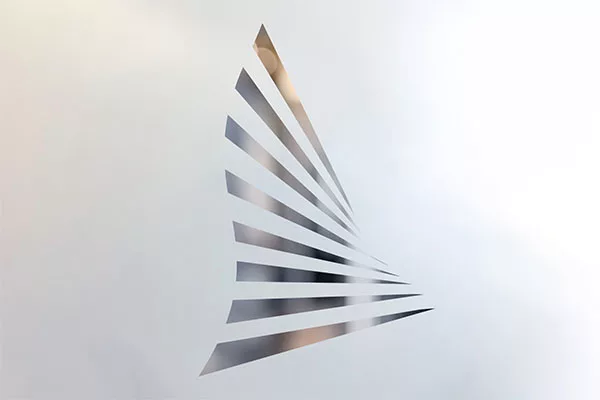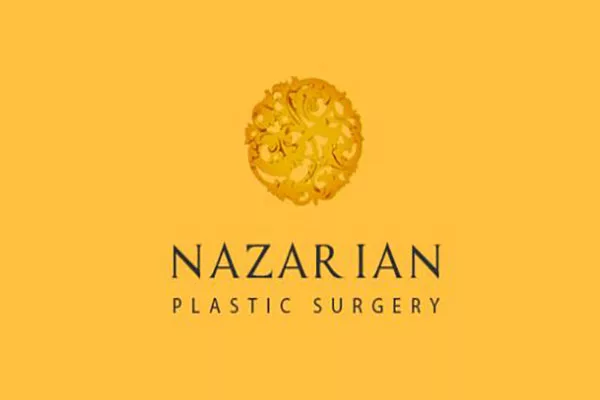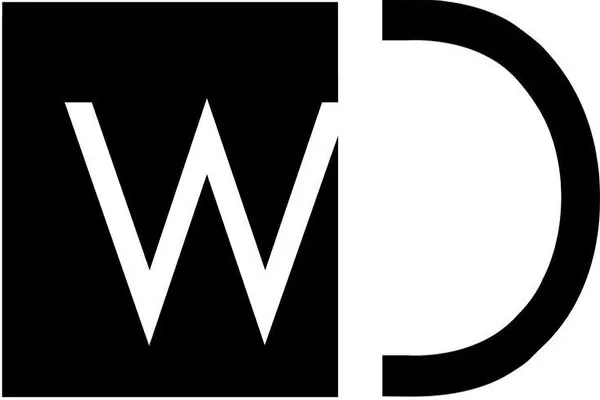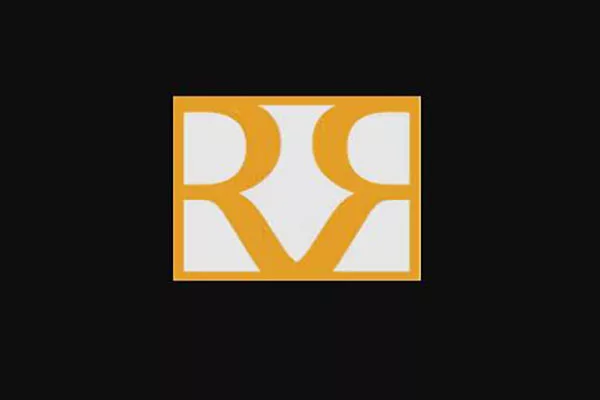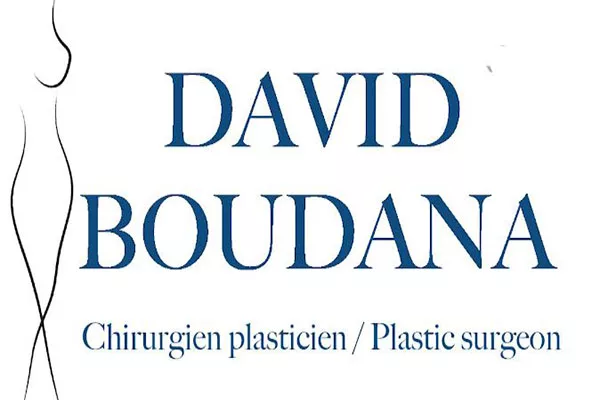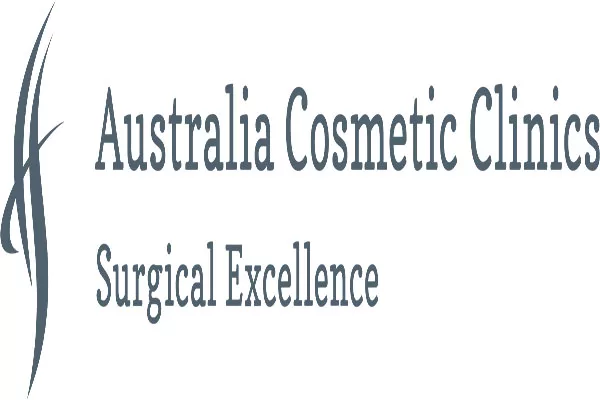Breast Reduction
Introduction
Breast Reduction is a surgical procedure that removes excess breast tissue and skin to make the breasts smaller and lighter. It involves making incisions on the breast, removing the excess tissue and skin, and reshaping the breast to create a smaller, more proportionate size. The goal of a breast reduction is not only to improve the appearance of the breasts but also to alleviate physical discomfort such as back pain, neck pain, and skin irritation caused by the weight of large breasts. In this article, we will discuss the various aspects of breast reduction surgery, including candidacy, risks, recovery, and cost.
Candidates for Breast Reduction
Breast reduction surgery is a highly individualized procedure, and not everyone is a good candidate for it. You may be a good candidate for breast reduction surgery if:
- You have breasts that are too large in proportion to your body size
- You have breast-related physical symptoms such as back pain, neck pain, shoulder pain, skin irritation, or posture problems
- You have difficulty finding clothing that fits well
- You feel self-conscious or unhappy about the size or shape of your breasts
- You are in good overall health and do not have any medical conditions that can impair healing
- You are a non-smoker, as smoking can increase the risk of complications during and after surgery
If you are considering breast reduction surgery, it is important to have a consultation with a qualified plastic surgeon to discuss your goals and expectations, as well as any concerns or questions you may have about the procedure.
Risks and Complications
Like any surgical procedure, breast reduction surgery comes with a certain amount of risk. Some of the potential risks and complications associated with this procedure include:
- Infection
- Bleeding
- Scarring
- Changes in nipple or breast sensation
- Difficulty breastfeeding
- Asymmetry or unevenness between the breasts
- Poor wound healing
- Blood clots
- An adverse reaction to anesthesia
It is important to discuss these risks with your plastic surgeon before undergoing breast reduction surgery. While every effort is made to minimize these risks, it is impossible to eliminate them entirely. It is also important to follow your surgeon’s pre- and post-operative instructions carefully to reduce the risk of complications.
Preparing for Breast Reduction Surgery
If you are a good candidate for breast reduction surgery and have decided to move forward with the procedure, there are several steps you can take to prepare for surgery. These may include:
- Getting a mammogram: Depending on your age and medical history, your surgeon may recommend a mammogram before surgery to ensure there are no underlying breast health issues.
- Adjusting medications: Some medications and supplements can increase the risk of bleeding during and after surgery, so you may be asked to stop taking them for a period of time before and after surgery.
- Quitting smoking: If you smoke, you will be asked to quit for a period of time before and after surgery, as smoking can increase the risk of complications.
- Arranging for help: You will need someone to drive you home from the hospital and to help you with everyday tasks during the first few days of your recovery.
- Preparing your home: You may want to make some arrangements in your home to make your recovery more comfortable, such as setting up a temporary sleeping area on the first floor if you normally sleep upstairs.
Your surgeon will provide you with detailed instructions on how to prepare for surgery, and it is important to follow these instructions carefully to ensure the best possible outcome.
The Breast Reduction Procedure
Breast reduction surgery is typically performed under general anesthesia and can take several hours, depending on the extent of the procedure. The exact technique used will depend on your individual needs and goals, as well as your surgeon’s preference. Some common techniques include:
- Anchor incision: This technique involves making an incision around the areola, down the middle of the breast, and along the breast crease. This allows your surgeon to remove more tissue and reshape the breast more extensively.
- Lollipop incision: This technique involves making an incision around the areola and down the middle of the breast, but not along the breast crease. This technique is often used for less extensive reductions.
- Liposuction: In some cases, liposuction may be used to remove excess fat from the breast without making any incisions. This technique is most effective for women with mild to moderate breast enlargement without significant sagging.
During the procedure, your surgeon will remove excess breast tissue, skin, and fat, and reshape the remaining tissue to create a smaller, firmer breast. The nipple and areola may also be repositioned to a higher position on the breast for a more natural look. Once the desired size and shape are achieved, your surgeon will close the incisions with sutures, and you will be taken to a recovery room to begin the healing process.
Recovery After Breast Reduction Surgery
After breast reduction surgery, you will need to take some time to rest and recover. Here are some things you can expect during the recovery process:
- Dressings and bandages: Your surgeon will place dressings and a supportive bra around your breasts after surgery to minimize swelling and promote healing.
- Pain and discomfort: You will experience some pain and discomfort after surgery, which can be managed with pain medication prescribed by your surgeon.
- Limited physical activity: You will need to limit your physical activity for several weeks after surgery to allow your body to heal. This may include avoiding heavy lifting, strenuous exercise, and other activities that put stress on the chest area.
- Follow-up appointments: You will have several follow-up appointments with your surgeon after surgery to monitor your healing and remove any sutures or dressings.
- Scarring: You will have scars after breast reduction surgery, but these will fade over time and can be concealed with clothing or swimwear.
It is important to follow your surgeon’s post-operative instructions carefully to ensure a smooth and successful recovery. This may include taking medication as prescribed, wearing your supportive bra continuously for several weeks, and avoiding smoking and alcohol during the healing process.
Results of Breast Reduction Surgery
Breast reduction surgery can have a significant impact on both the appearance of your breasts and your quality of life. Some of the benefits of breast reduction surgery may include:
- Relief from physical symptoms such as back pain, neck pain, and skin irritation caused by the weight of large breasts
- Improved posture and body image
- Increased ability to participate in physical activities
- More comfortable and better-fitting clothing
- Reduced risk of breast cancer
The results of breast reduction surgery are permanent, but it is important to maintain a healthy lifestyle to ensure that your results last. This may include maintaining a stable weight, wearing a supportive bra, and avoiding smoking and excessive alcohol consumption. Your surgeon will provide you with detailed instructions on how to maintain your results after surgery.
Cost of Breast Reduction Surgery
The cost of breast reduction surgery can vary widely depending on several factors, including the geographic location of the surgeon, the extent of the procedure, and whether or not it is covered by insurance.
In general, the cost of breast reduction surgery can range from $5,000 to $10,000. This cost may or may not include anesthesia fees, surgical facility fees, and post-operative care.
If your breast reduction surgery is considered medically necessary, it may be covered by insurance. You will need to check with your insurance provider to determine if you meet their criteria for coverage. If you do, you will need to obtain pre-authorization from your insurance provider before scheduling surgery.
If your surgery is not covered by insurance, you may want to explore financing options such as payment plans or medical credit cards to help cover the cost of the procedure. Your plastic surgeon may be able to provide you with information and resources to help you explore these options.
Choosing a Plastic Surgeon
Choosing the right plastic surgeon is an important part of the breast reduction process. Here are some things to keep in mind when choosing a surgeon:
- Board certification: Make sure your surgeon is board-certified by the American Board of Plastic Surgery. This certification ensures that your surgeon has undergone rigorous training and meets the highest standards of excellence in the field.
- Experience: Look for a surgeon who has extensive experience performing breast reduction surgery. Ask to see before-and-after photos of their previous patients to get an idea of their results.
- Personal connection: It is important that you feel comfortable and confident with your surgeon. Look for a surgeon who takes the time to listen to your goals and concerns and who provides you with honest and realistic expectations for your outcome.
- Surgical facility: Make sure your surgeon operates in a fully accredited surgical facility with board-certified anesthesiologists and a trained surgical team.
By taking the time to research and choose the right surgeon for your breast reduction surgery, you can increase your chances of a successful outcome and a positive surgical experience.
Conclusion
Breast reduction surgery can be a life-changing procedure for women who struggle with physical and emotional discomfort caused by large, heavy breasts. It can alleviate pain and discomfort, improve body image, and increase quality of life. However, like any surgical procedure, breast reduction surgery comes with risks and requires careful consideration and preparation.
If you are considering breast reduction surgery, it is important to consult with a board-certified plastic surgeon who has extensive experience performing the procedure. This will ensure that you receive the highest quality care and the best possible outcome.
By following your surgeon’s pre- and post-operative instructions carefully, maintaining a healthy lifestyle, and attending follow-up appointments, you can increase your chances of a smooth and successful recovery and enjoy the benefits of a smaller, more comfortable breast size.
References:
-
American Society of Plastic Surgeons. Breast Reduction Surgery. Available at: https://www.plasticsurgery.org/reconstructive-procedures/breast-reduction. Accessed August 25, 2021.
-
Mayo Clinic. Breast reduction surgery. Available at: https://www.mayoclinic.org/tests-procedures/breast-reduction-surgery/about/pac-20385246. Accessed August 25, 2021.
-
The American Board of Cosmetic Surgery. Breast Reduction. Available at: https://www.americanboardcosmeticsurgery.org/procedure-learning-center/breast/breast-reduction-guide/. Accessed August 25, 2021.
- National Institute of Child Health and Human Development. Breast Reduction Surgery. Available at: https://www.nichd.nih.gov/health/topics/breast_reduction_surgery” Accessed August 25, 2021.”
Post breast reduction pain
Supportive bra at night
Wound dishisence and pain
Post Surgery Bra
Boob Gap?
Breast reduction, teenageer
| This page is not advice and is intended to be informational only. Consult your physician before undertaking any surgical procedures. |
Most famous clinics
Marina Plastic Surgery
Dr. Grant Stevens
is the founder and Medical Director of Marina Plastic Surgery and The Institute; A Medical Spa in Marina Del Rey, California.
USA 4560 Admiralty Way Suite 256
Marina Del Rey, CA 90292
Phone : 310-494-2881
Nazarian Plastic Surgery
Dr. Sheila Nazarian
MMM is a Board Certified Plastic Surgeon and the founder of Nazarian Plastic Surgery and Spa26 in Beverly Hills.
USA 120 S. Spalding Dr. #315,
Beverly Hills, CA 90212
Phone: (310) 773-3039
Westlake Dermatology
Westlake Dermatology is a national leader in dermatology and plastic surgery. Our specialization in minimally invasive procedures.
USA 2201 Onion Creek Parkway
Austin, Texas 78747
Phone: 512-649-3376
Central Scottsdale Surgery Center
Dr. Remus Repta
Dr. Repta, our founder, is widely recognized for his exceptional skills, and the quality and artistry of his surgical work.
USA 3271 N Civic Center Plaza #105,
Scottsdale, AZ 85251
Phone:(855) 377-3782
Forest Hill Institute Of Aesthetic Plastic Surgery
Dr. David Boudana
Dr. David Boudana, a board certified plastic surgeon, is a graduate of the prestigious University of Paris Descartes.
Сanada 1188B Eglinton Avenue West
Toronto, Ontario
Phone:(416)785-7864
Australian Cosmetic Clinics
Dr. Shaz Musavi
Dr Shaz is a fully trained Cosmetic Surgeon who brings his extensive aesthetic background and professionalism.
Australia Suite 1, 448 Pacific Highway
Artarmon, NSW 2064
Phone: 1300 559 848
